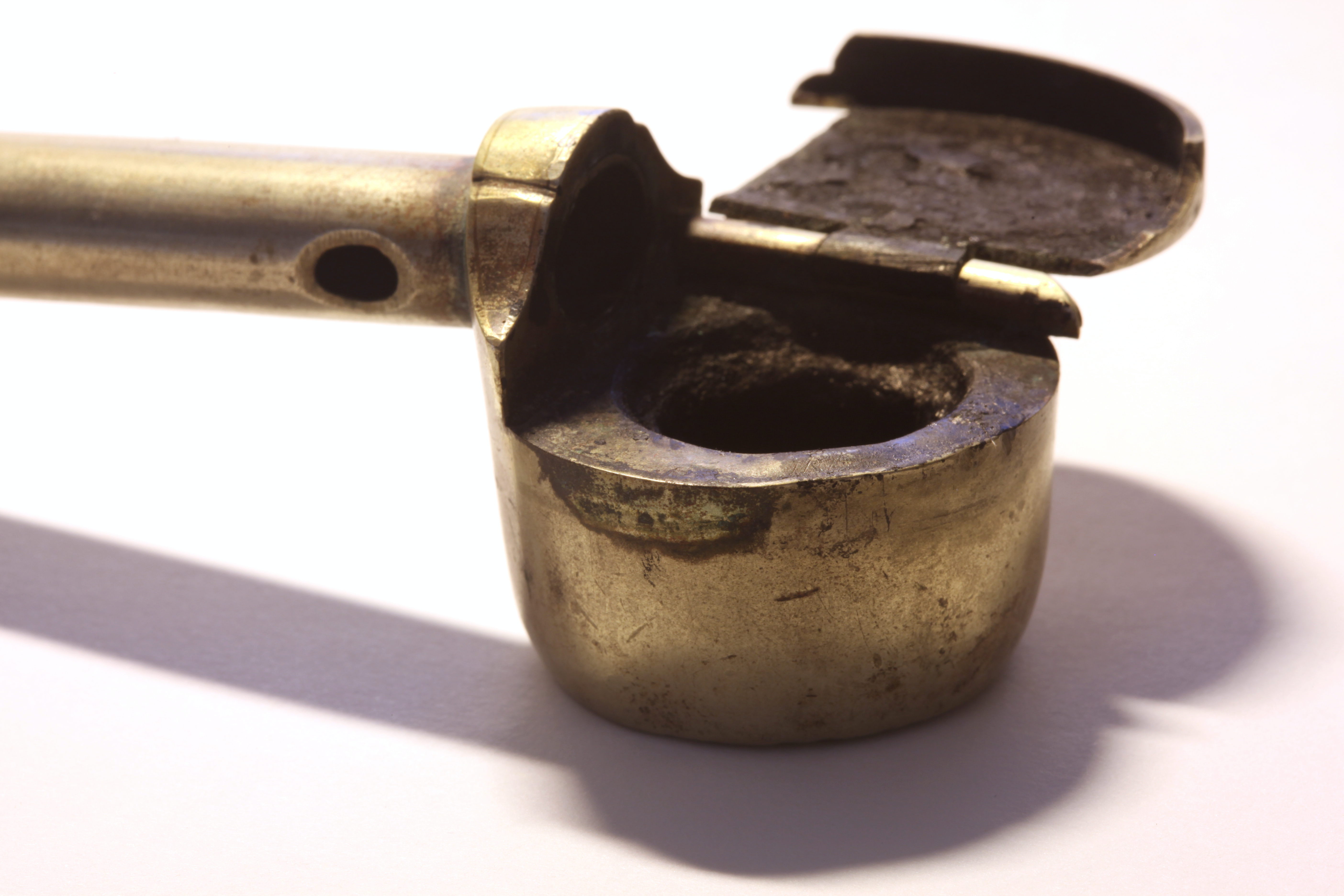Yatate on:
[Wikipedia]
[Google]
[Amazon]
 are small personal smoking-pipe-shaped writing sets from medieval
are small personal smoking-pipe-shaped writing sets from medieval
 During the
During the
 are small personal smoking-pipe-shaped writing sets from medieval
are small personal smoking-pipe-shaped writing sets from medieval Japan
Japan ( ja, 日本, or , and formally , ''Nihonkoku'') is an island country in East Asia. It is situated in the northwest Pacific Ocean, and is bordered on the west by the Sea of Japan, while extending from the Sea of Okhotsk in the north ...
which provided a carrying box for the ink cotton, and a shaft for a brush (and possibly a letter opener).
Usage
literally means " quiver". The name comes from the practice of early who kept ink stones inside their quivers. Japanese writing was traditionally done using the writing set inspired fromChina
China, officially the People's Republic of China (PRC), is a country in East Asia. It is the world's most populous country, with a population exceeding 1.4 billion, slightly ahead of India. China spans the equivalent of five time zones and ...
: an inking stone, a small stick of solid ink () (which is turned to usable liquid ink
Ink is a gel, sol, or solution that contains at least one colorant, such as a dye or pigment, and is used to color a surface to produce an image, text, or design. Ink is used for drawing or writing with a pen, brush, reed pen, or quill. Thi ...
by grinding on the inking stone and watering), and brushes
A brush is a common tool with bristles, wire or other filaments. It generally consists of a handle or block to which filaments are affixed in either a parallel or perpendicular orientation, depending on the way the brush is to be gripped durin ...
. The complete set was easily portable and took time to prepare the materials for writing.
 During the
During the Kamakura period
The is a period of Japanese history that marks the governance by the Kamakura shogunate, officially established in 1192 in Kamakura by the first ''shōgun'' Minamoto no Yoritomo after the conclusion of the Genpei War, which saw the struggle bet ...
(1185–1333), the idea of ink-saturated cotton was developed. By touching a calligraphy brush to the cotton, one could ink the bristles with reduced risk of dripping or spilling ink. By enclosing the cotton in a little box (), a writing set was made convenient and portable.
The first were long boxes, with the ink compartment in the axis of the pen. The "smoking pipe" shape was designed to increase the quantity of available ink. In the late Edo period, another design was developed, with the ink box attached to the pen shaft by a chain; the ink box was used as a to fix the to the belt
Belt may refer to:
Apparel
* Belt (clothing), a leather or fabric band worn around the waist
* Championship belt, a type of trophy used primarily in combat sports
* Colored belts, such as a black belt or red belt, worn by martial arts practition ...
, while other were simply tucked behind the belt like a fan.
As only members of the samurai
were the hereditary military nobility and officer caste of medieval and early-modern Japan from the late 12th century until their abolition in 1876. They were the well-paid retainers of the '' daimyo'' (the great feudal landholders). They h ...
caste were permitted to carry katana
A is a Japanese sword characterized by a curved, single-edged blade with a circular or squared guard and long grip to accommodate two hands. Developed later than the ''tachi'', it was used by samurai in feudal Japan and worn with the edge fa ...
, some were designed to be used for self-defense. Some late were made of a special alloy
An alloy is a mixture of chemical elements of which at least one is a metal. Unlike chemical compounds with metallic bases, an alloy will retain all the properties of a metal in the resulting material, such as electrical conductivity, ductility, ...
of gold
Gold is a chemical element with the symbol Au (from la, aurum) and atomic number 79. This makes it one of the higher atomic number elements that occur naturally. It is a bright, slightly orange-yellow, dense, soft, malleable, and ductile met ...
and copper
Copper is a chemical element with the symbol Cu (from la, cuprum) and atomic number 29. It is a soft, malleable, and ductile metal with very high thermal and electrical conductivity. A freshly exposed surface of pure copper has a pinkis ...
called , specifically designed to turn purple-black over time, and give the its finish.
See also
* List of pen types, brands and companiesNotes
External links
{{Authority control Writing implements Japanese tools Japanese words and phrases